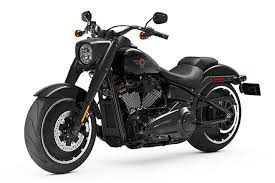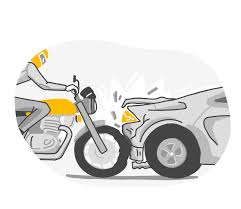
How to Shift Gears on a Motorbike
There are several ways to shift the gears on a motorbike. First, you must know that each gear works within a certain speed range. If you are cruising at fifty miles per hour in the 5th gear, you must downshift. When you slow down, you should release the clutch, let out the clutch, and lightly feather the throttle to match the revs. This will help you avoid engine braking and allow you to accelerate when the light turns green or the traffic conditions change.
Third gear will generate power between thirty and forty kilometers per hour. Depending on your motorcycle model, this range may vary. Fourth gear will generate power from forty to 55 km/h. At fifty kilometres per hour, you can shift into fifth gear. While this speed range is an approximate guideline, it is generally the most efficient. To switch to a higher gear, the rider should accelerate to a higher speed.
The first gear has a very simple function: it gets the motorcycle started. Driving in first gear is scratchy at best. Second gear starts the smooth operation of the motorcycle. All the rest gears are up, except the neutral gear. The neutral gear sits between first and second gear. A motorcycle will start with first gear while the rest are in higher gears. When you release the clutch, the motorcycle will die down.
Motorcycles use two spinning gears to accelerate. A clutch separates the engine gear from the gear connected to the rear wheel. The clutch increases the power of the motorcycle and reduces unwanted motion at the rear. This system is also known as a CVT. A CVT is a type of continuously variable transmission, or CVT. The friction zone between the two gears and the rear wheel is called the Friction Zone.
When you first learn how to shift gears on a motorbike, you should find the neutral position. Often, it is difficult to locate this position, so you should press the shifter halfway up before you try to shift. Once you’ve got the hang of this, you should hear a click as the shifter enters or exits the neutral position. If you’ve done this successfully, you’re on the right track!
Another common mistake new motorcycle riders make is slipping out of gear. When this happens, they are often stranded in neutral. This can be dangerous and cause a costly transmission repair. Not only is it bad for the bike, but it can endanger the driver’s safety. It’s important to know the basics when shifting gears. So, here’s how to shift gears on a motorbike.
The main difference between a lower and higher gear is in the torque. After the lower gear multiplies the torque, the next gear will need to increase the revs to match the torque. Therefore, when you shift from a lower gear to a higher gear, your RPM will tend to decrease slightly. This is because the gap between gears is smaller than in lower gears. In higher gears, torque and RPM are more equal, which means you can expect higher acceleration.



Average Rating